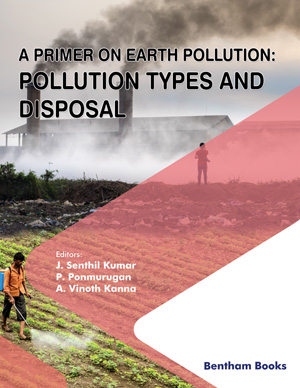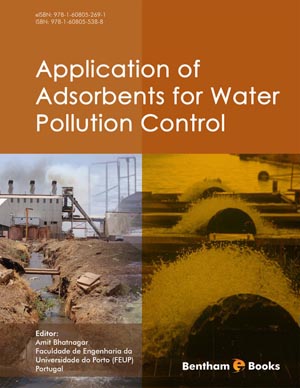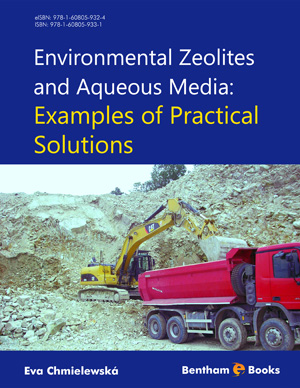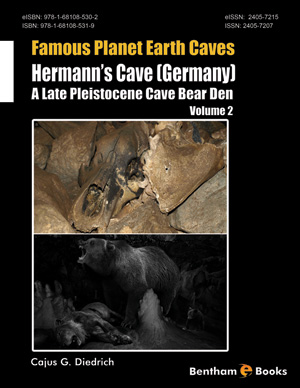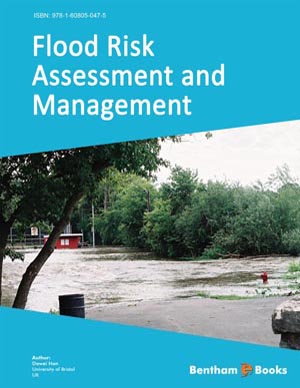Abstract
In the previous chapter, a computational network porous-solid model was developed to simulate the hydraulic behavior of unsaturated soils. However, important computational constraints make this model unpractical. In this chapter, a probabilistic porous-solid model is developed to overcome these constraints. The probabilistic model is an alternative to the use of computational network models and shows important advantages. This model is built by analyzing the probability of a certain pore to be filled or remain filled with water during a wetting or drying process, respectively. The numerical results of the probabilistic model are compared with those of the computational network model showing only slight differences. Then the model is validated by doing some numerical and experimental comparisons. Finally, a parametric analysis is presented.
Keywords: Basic unit, Bishop’s parameter, Bonds, Cavities, Degree of saturation of the unsaturated fraction, Dry fraction, Hydro-mechanical coupling, Macropores, Mesopores, Micropores, Network models, Porosimetry tests, Probabilistic model, Relative volume, Retention curves, Saturated fraction, Solids, Unsaturated fraction.



